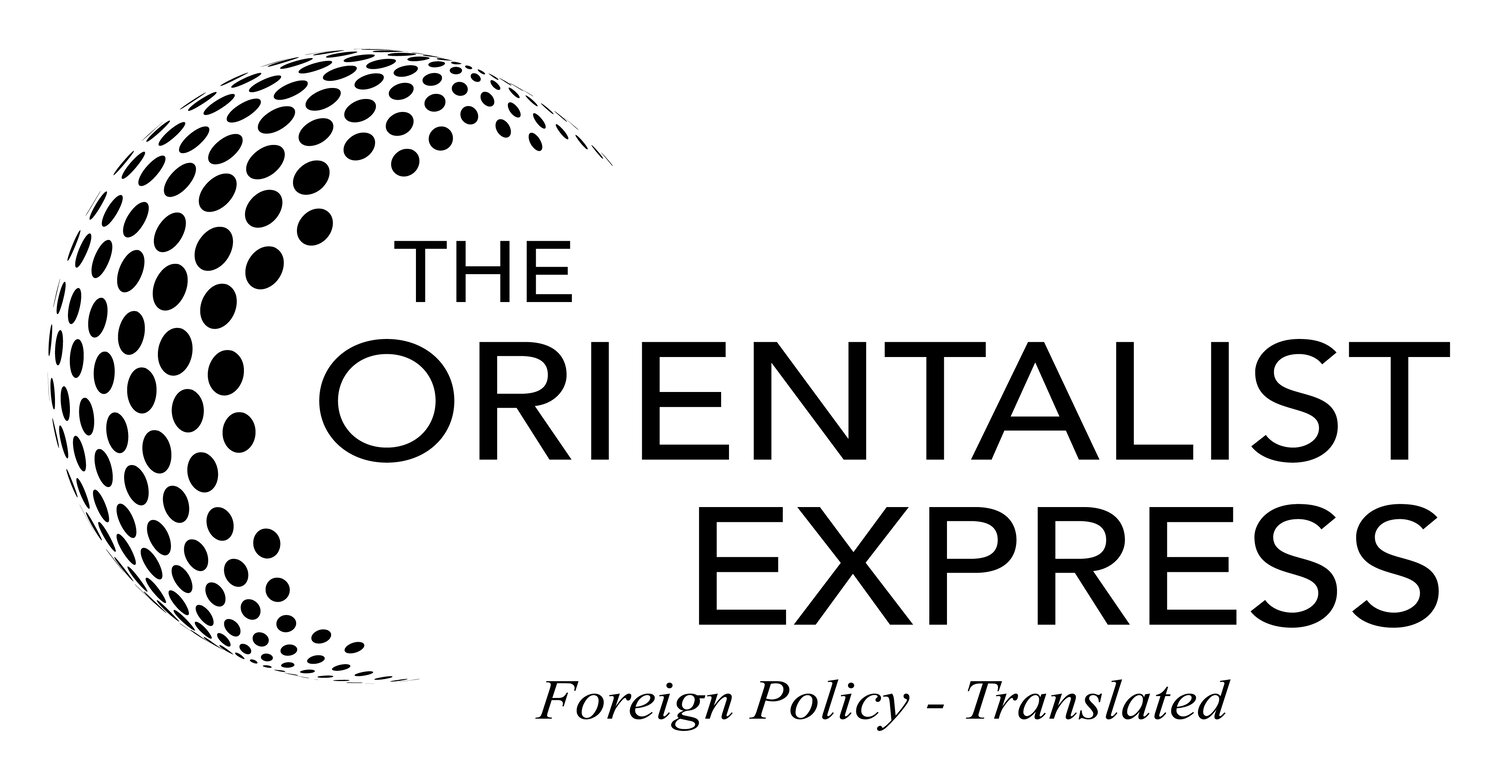Just in time for the holidays, the best Christmas present of 2020 is almost here. Several major companies around the world have announced the successful trial of a handful of vaccines for COVID-19. Two of the vaccines, developed by Pfizer and Moderna, have been found to be nearly 95% successful at preventing infection! Several countries have already approved the use of at least one of these (including the United States). This is undoubtedly excellent news, but there is still a long way to go before the world can officially declare this pandemic over and life can return to a new normal. This week, we’ll examine how the United States can lead the way in bringing the world out of this crisis and how this impacts the average American.
How Vaccine Testing Works
The Distribution Problem
Thanks in part to the fast-tracking efforts of Operation Warp Speed, both Pfizer and Moderna have already been able to stockpile large amounts of their vaccines to begin distribution the day after receiving approval. This is a major win for the model of global openness that promotes free societies and companies working together to solve problems. But actually distributing this vaccine to every person in the world is going to be one of the biggest logistical problems since the world eradicated smallpox decades ago. Naturally, the more industrialized areas of the world such as the United States and Western Europe will begin to distribute the vaccine to their own populations first. After all, the domestic pressure to begin vaccination of their own populations first is understandably strong. But the United States should also begin working immediately to strategize how to help distribute the vaccine to the rest of the world. As we have clearly seen over the past year, a virus that occurs in one far-flung corner of the world can have obvious impacts here at home if we aren’t careful.
So what would that look like? Once the vaccines are widely available to all who want it in the United States, we must work to begin sending these vaccines to places where a country’s government needs assistance in vaccinating their people. Impoverished regions of the world including war zones, disaster-stricken areas, and refugee camps will need assistance to complete this critical task. But this assistance must be given with no strings attached. We cannot tie vaccine distribution to things like a country’s domestic policies (like marriage equality or abortion) or their positions on matters like the Syrian Civil War or the conflict in Ukraine. Such preconditions have harmed U.S. foreign aid efforts in the past, so something as critical as this vaccine should be provided with as few roadblocks as possible. In some cases, this could look like direct subsidization of the vaccine, but many nations will simply need the United States to perform security or logistical support while they work to vaccinate their own populations. Even in cases where America or another nation ends up paying the bill, the actual cost of subsidizing the vaccine is extremely low. In addition, the return on investment is massive if it helps prevent a resurgence of the virus at home or in supply chains abroad.
How U.S. aid should be.
The Disinformation Problem
But the fight to get the vaccine to every person in need is only half the battle. The other half is convincing people to actually take it. Despite all of the clear evidence that these vaccines are safe and extremely effective, a disturbingly large percentage of people, including Americans, say they will not take the vaccine. Given the rampant disinformation parade that has been the year 2020, this isn’t exactly surprising anymore. The campaign against vaccine disinformation is obviously critical at home, but it will be even more important in countries abroad where access to factual information can sometimes be difficult. For example, in places like Myanmar nearly every person gets their news exclusively from Facebook (which is a breeding ground for disinformation content). Once again, there is an opportunity here for America to take the lead in helping other nations convey truthful information about this vaccine.
So what would that look like? It will help a lot that the incoming Biden administration has so far shown no fondness for spreading information that disputes the evidence and advice of the world’s leading health experts (unlike the departing Trump administration). We can use many of the same public messaging tools that are effective in domestic messaging for an international campaign as well. The United States can also put pressure on foreign governments to follow American health guidance and give them the technical tools needed to identify, remove, and counter false narratives. In addition, America is uniquely positioned to pressure major tech and social media companies to remove vaccine disinformation and de-platform those who knowingly spread false stories. Disinformation is not new, but our methods must evolve if we are to go on the offensive to combat its effects.
The Bottom Line
All of this will be critical to restoring stability to our global markets and international security. America must continue the fight in favor of global openness and against the forces of “vaccine nationalism” that would seek to use the vaccine to close off sections of the world from global economic cooperation. If a global power hoards the vaccine and only vaccinates its own people while ignoring the rest of the world, it will never truly defeat the problem. Like so many problems in the world today, the vaccine is just another example where global openness is better equipped than selfish nationalism to solve a crisis. The United States can lead the world in bringing us all out of the global pandemic, but it can only do so by being open and transparent in distributing the vaccine and fighting vaccine disinformation. This would help the United States to regain credibility and form a narrative that we helped rescue the world from this virus while other nations tried to hide it.




